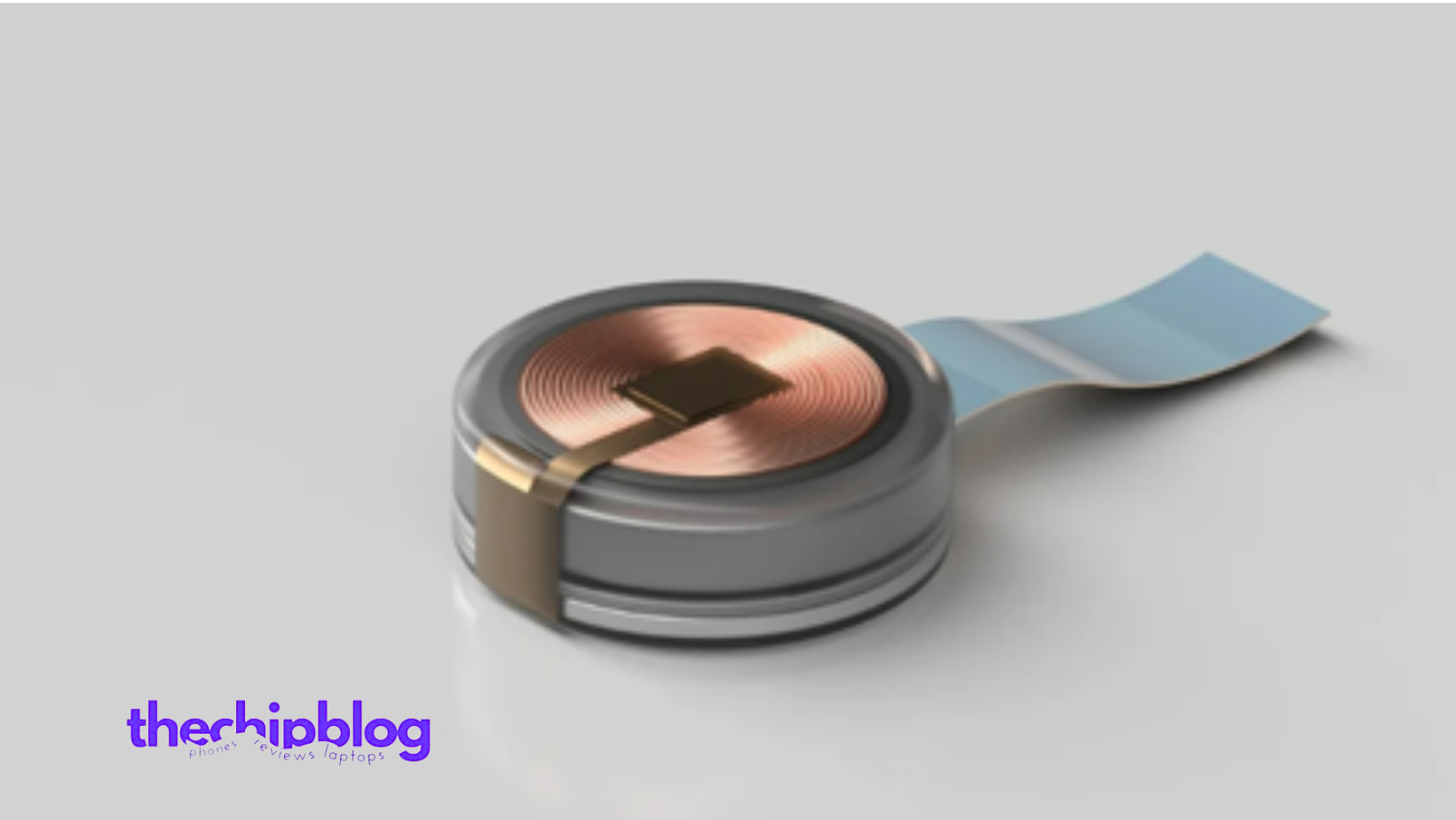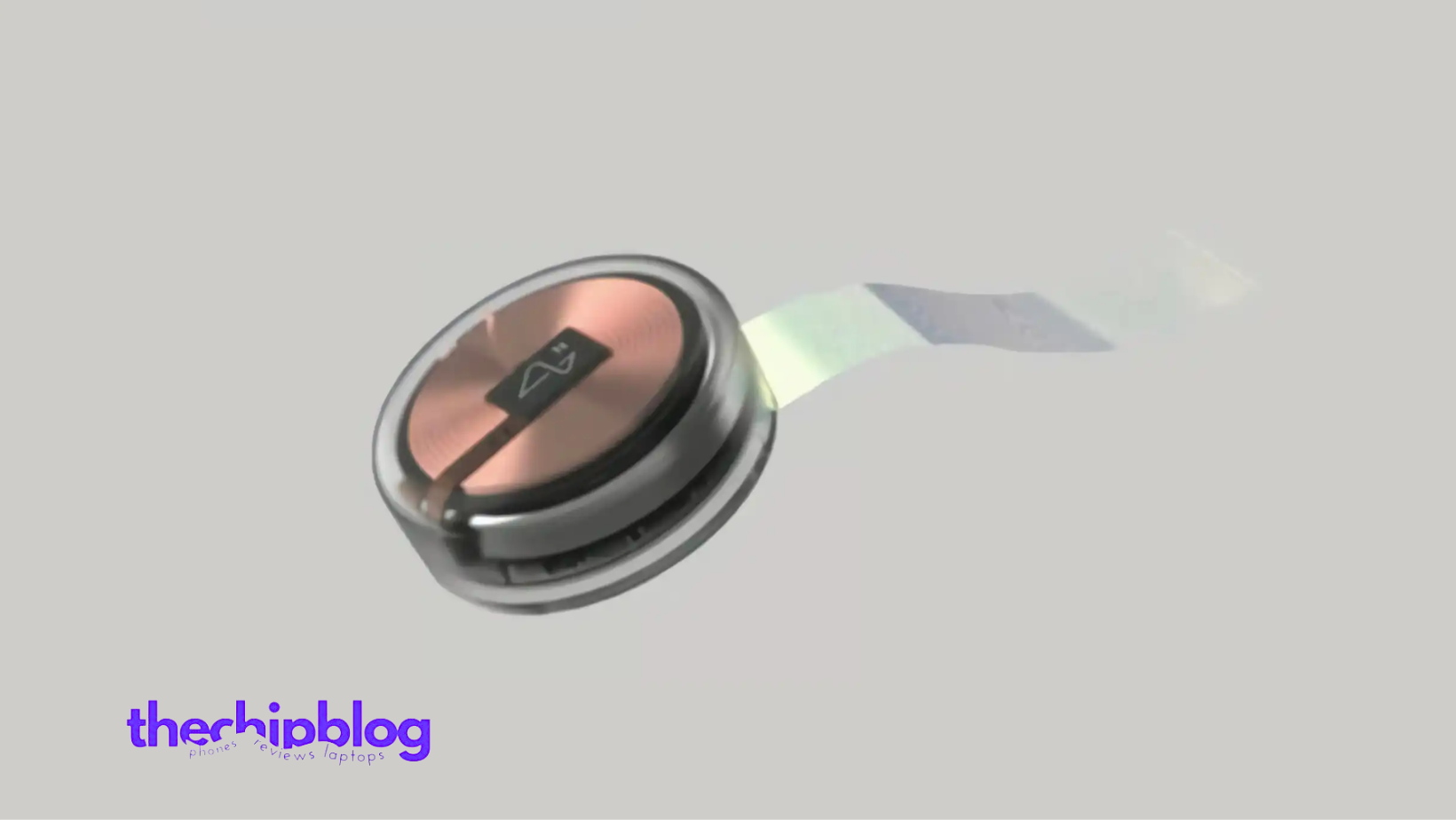A groundbreaking development has emerged that promises to redefine our understanding of human-machine interfaces. Musk’s Neuralink, a neurotechnology company at the forefront of brain-computer integration, has unveiled a remarkable feat: mind-controlled prosthetics that respond to mere thoughts, ushering in a new era of unprecedented accessibility and autonomy for individuals with physical disabilities.
As the news of this breakthrough spreads like wildfire across the globe, a sense of awe and excitement permeates the air, igniting conversations and sparking imaginations about the profound implications of such a transformative technology. Brace yourselves, dear readers, as we delve into the intricacies of Musk’s Neuralink implants and explore how these mind-controlled prosthetics are poised to revolutionize the lives of countless individuals, shattering barriers and unlocking new realms of possibility.

How Do Neuralink’s Mind-Controlled Prosthetics Work?
At the heart of Neuralink’s groundbreaking technology lies a revolutionary brain-computer interface (BCI) that seamlessly bridges the gap between the human mind and advanced robotic systems. This interface, a marvel of engineering and neuroscience, consists of a sophisticated array of electrodes implanted into the brain’s motor cortex – the region responsible for controlling voluntary movement.
These electrodes are designed to detect and interpret the electrical signals generated by the brain when an individual envisions or intends to perform a specific action, such as grasping an object or moving a limb. These neural impulses are then transmitted to a sophisticated decoding system that translates them into precise commands, which are relayed to a connected prosthetic device, allowing it to respond in real-time to the user’s thoughts and intentions.
The true genius of Neuralink’s mind-controlled prosthetics, however, lies in their ability to provide sensory feedback to the user. By integrating advanced haptic technology and neural stimulation techniques, the prosthetic devices can relay tactile sensations back to the brain, effectively closing the loop and creating a seamless, intuitive connection between the user’s mind and the artificial limb.
Why Musk’s Neuralink Implants Are a Game-Changer
The implications of Musk’s Neuralink implants and the advent of mind-controlled prosthetics are nothing short of revolutionary, with the potential to profoundly impact the lives of individuals with physical disabilities and reshape our understanding of human-machine interactions.
Firstly, these implants represent a quantum leap in the field of assistive technology, offering unprecedented levels of independence and autonomy to those with mobility impairments. By harnessing the power of thought alone, individuals can effortlessly control and manipulate prosthetic limbs, opening up new avenues for personal expression, self-sufficiency, and overall quality of life.
Moreover, the sensory feedback capabilities of Neuralink’s mind-controlled prosthetics are a game-changer, providing users with a level of embodiment and immersion that was once thought unattainable. The ability to perceive tactile sensations, textures, and temperatures through the prosthetic limb creates a profound connection between the user and the device, blurring the lines between the biological and the artificial.
Beyond the realm of physical disabilities, Musk’s Neuralink implants hold the potential to revolutionize various fields, from robotics and teleoperation to virtual and augmented reality. By seamlessly integrating human cognition with advanced robotic systems, these implants could pave the way for unprecedented levels of control, precision, and efficiency in tasks ranging from delicate surgical procedures to space exploration and beyond.
Unraveling the Future: Key Questions and Concerns
As the world grapples with the seismic implications of Musk’s Neuralink implants and mind-controlled prosthetics, a myriad of questions and concerns arise, each one more captivating than the last. These inquiries span the realms of technology, ethics, and societal impact, underscoring the need for a nuanced and multifaceted approach to this groundbreaking development.
How does the implantation process work, and what are the potential risks?
While the technology behind Neuralink’s implants is undoubtedly impressive, the implantation process itself is a delicate and complex procedure. Understanding the surgical techniques, potential risks, and long-term implications of having a neural interface embedded in the brain is crucial for ensuring the safety and well-being of users.
What are the ethical considerations surrounding mind-controlled technology?
As with any technology that directly interfaces with the human mind, Neuralink’s implants raise a host of ethical concerns. Issues surrounding privacy, cognitive autonomy, and the potential for misuse or exploitation must be carefully navigated. Establishing robust ethical frameworks and fostering public discourse on the responsible development and deployment of such technologies will be essential.
How will these implants impact societal perceptions of disability?
The advent of mind-controlled prosthetics has the potential to challenge and reshape societal perceptions of disability. By empowering individuals with physical impairments to seamlessly interact with the world around them, these implants could foster greater inclusion, understanding, and acceptance, paving the way for a more equitable and accessible society.
What are the potential cybersecurity risks associated with brain-computer interfaces?
As with any technology that interfaces directly with the human body, the potential for cyber threats and malicious hacking is a legitimate concern. Ensuring the security and integrity of these neural interfaces will be paramount, necessitating robust cybersecurity measures and ongoing vigilance to protect users from potential exploitation or harm.
How will the integration of mind-controlled technology shape the future of human-machine interactions?
Musk’s Neuralink implants represent a significant step towards deeper and more sophisticated human-machine interactions. As this technology continues to evolve and mature, it could potentially pave the way for a future where the boundaries between human and machine become increasingly blurred, raising profound questions about the nature of consciousness, identity, and our relationship with technology.

Forging a Future of Empowerment and Possibility
As we stand at the precipice of a new era, where the boundaries between human cognition and advanced robotics are becoming increasingly blurred, Musk’s Neuralink implants and the advent of mind-controlled prosthetics represent a pivotal moment in the annals of technological progress. This groundbreaking development holds the power to transform lives, shatter barriers, and redefine our understanding of what is possible.
One of the most immediate and profound impacts of these implants will be the empowerment of individuals with physical disabilities. By harnessing the power of thought alone, individuals will be able to reclaim their independence, engage with the world around them in unprecedented ways, and unlock new realms of personal expression and self-actualization.
Moreover, the integration of mind-controlled technology into various industries and fields has the potential to catalyze a renaissance of innovation and productivity. From surgical robotics and telemedicine to space exploration and advanced manufacturing, the seamless fusion of human cognition and robotic systems could usher in a new era of precision, efficiency, and human-machine synergy.
However, as we navigate this uncharted territory, it is imperative that we approach these developments with a balanced and ethical perspective. The integration of mind-controlled technology into our lives raises profound questions about privacy, cognitive autonomy, and the potential for misuse or exploitation. Establishing robust ethical frameworks, fostering public discourse, and prioritizing responsible innovation will be essential to ensuring that these technologies are developed and deployed in a manner that respects human rights and promotes the greater good.
Furthermore, addressing the potential cybersecurity risks associated with brain-computer interfaces will be of paramount importance. As these technologies become more prevalent, ensuring the security and integrity of neural interfaces will be crucial to protecting users from potential exploitation or harm.
As we forge ahead into this uncharted future, one thing becomes abundantly clear: Musk’s Neuralink implants and the advent of mind-controlled prosthetics represent a watershed moment in human technological advancement. By transcending the boundaries between mind and machine, we are unlocking new realms of possibility, empowerment, and human potential.
It is our collective responsibility to embrace this transformative technology with open minds and open hearts, while remaining vigilant and proactive in addressing the ethical, social, and security implications that accompany such a profound paradigm shift. For in doing so, we can harness the power of innovation to create a future where accessibility, inclusion, and human flourishing are not mere aspirations but lived realities.
















Add Comment